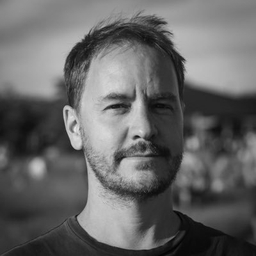
Articles
-
1 month ago |
cell.com | Kirstine Ravn |Jonas Meisner |Lasse Danielsen |Michael Eriksen Benros |Thorfinn Sand Korneliussen |Martin Sikora | +6 more
Keywords CCR5 CCR5delta32 HIV-1 infection resistance pleiotropy haplotype recombination ancient genomes evolution positive selection immune genes Introduction Humans have been exposed to pathogens over the course of our evolutionary history, and adaptations to them have left numerous signatures in our genomes.1,2,3 In recent years, evidence for selection has been found in genes involved in the development of tolerance against intracellular pathogens and in the inflammatory response against...
-
1 month ago |
nature.com | Thomaz Pinotti |Jesper Stenderup |Thorfinn Sand Korneliussen |Fabricio Carvalho |Martin Sikora |David Meltzer | +1 more
AbstractIndigenous groups often encounter significant challenges when asserting ancestral claims and cultural affiliations based on oral histories, particularly in the USA where such narratives have historically been undervalued. Although ancient DNA offers a tool to complement traditional knowledge and address gaps in oral history, longstanding disregard for Indigenous sovereignty and beliefs has understandably led many Indigenous communities to distrust DNA studies1,2,3,4.
-
Mar 27, 2025 |
biorxiv.org | Martin Sikora |Elisabetta Canteri |Antonio Fernandez-Guerra |Nikolay Oskolkov
AbstractInfectious diseases have had devastating impacts on human populations throughout history, but important questions about their origins and past dynamics remain. To create the first archaeogenetic-based spatiotemporal map of human pathogens, we screened shotgun sequencing data from 1,313 ancient humans covering 37,000 years of Eurasian history.
-
Jan 10, 2024 |
nature.com | Evan K. Irving-Pease |Anders Fischer |Karl-Göran Sjögren |Alma Halgren |Ruairidh Macleod |Rasmus Henriksen | +14 more
AbstractThe Holocene (beginning around 12,000 years ago) encompassed some of the most significant changes in human evolution, with far-reaching consequences for the dietary, physical and mental health of present-day populations. Using a dataset of more than 1,600 imputed ancient genomes1, we modelled the selection landscape during the transition from hunting and gathering, to farming and pastoralism across West Eurasia.
-
Jan 10, 2024 |
nature.com | Yaoling Yang |Evan K. Irving-Pease |Kathrine E. Attfield |Gabriele Scorrano |Thorfinn Sand Korneliussen |Martin Sikora | +3 more
AbstractMultiple sclerosis (MS) is a neuro-inflammatory and neurodegenerative disease that is most prevalent in Northern Europe. Although it is known that inherited risk for MS is located within or in close proximity to immune-related genes, it is unknown when, where and how this genetic risk originated1.
Try JournoFinder For Free
Search and contact over 1M+ journalist profiles, browse 100M+ articles, and unlock powerful PR tools.
Start Your 7-Day Free Trial →